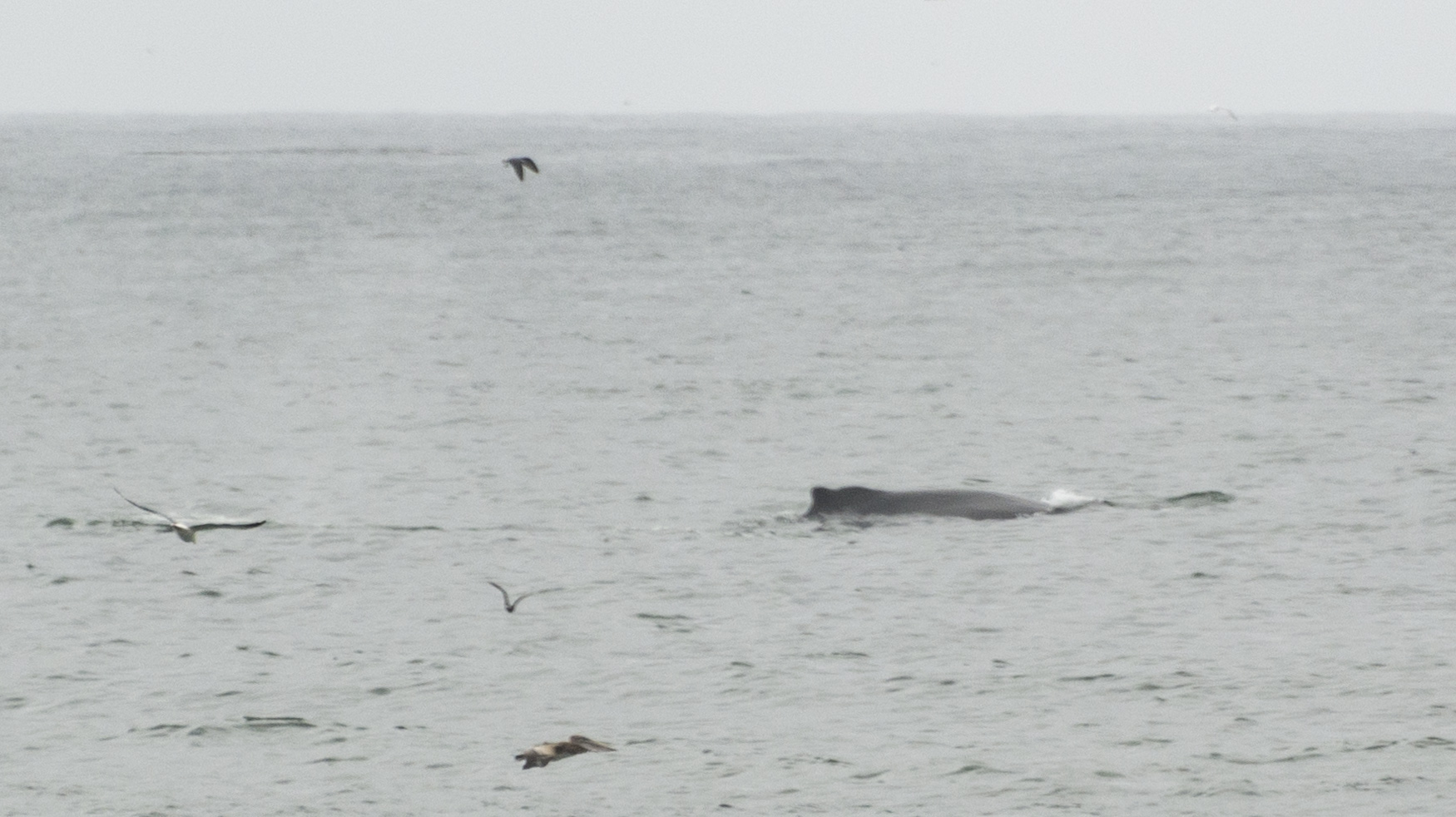This week, please enjoy a guest post from my friend and a great author, Lindsey Scholl. – Mel.
Recently, my husband and I journeyed to Italy with a two-part agenda: have good Italian food and visit mosaics. The human body can endure only so much pasta and sight-seeing, so we focused on strategic spots. One of them was Ravenna. In addition to having a lovely, easy-to-pronounce name, Ravenna was the capital of the western Roman empire in its twilight years. Since the Empire was Christian at that time, Ravenna received large amounts of funding for its churches, resulting in colorful, intricate, and huge mosaics, most dating from the 400-500s AD.
Your first stop should be the tourist office just outside the complex with the Mausoleum of Gallia Placidia and Basilica of San Vitale. The office will sell you a pass (9,50 euros, good for 7 days) to see five local churches. This pass won’t give you access to every mosaic in Ravenna, but it is enough for a non-mosaic enthusiast. You can also buy a guidebook that includes all the churches and a map. These churches are the main tourist attraction in the city, and they have set hours and prices, so plan your time as early as possible.
The first church you will see is San Vitale (pictured here with my husband), just a few paces from the tourist office. I recommend pulling up a pew and trying to fully take in what you’re seeing. Look for the particularly impressive mosaic of Emperor Justinian. He’s the one with the five-o’clock shadow.
In the same complex is the Mausoleum of Gallia Placidia, who ruled Rome while her son, the emperor, was an infant. My favorite scene here is St. Lawrence, cheerfully going to his martyrdom on a fiery grate. Notice the bookshelf with the gospels in the corner.
Ravenna is a small town, and you can walk to all most of the sights. After lunching on a piadina sandwich, have a look at S. Apollinare Nuovo, which has a mosaicked depiction of Ravenna itself and the near-by town of Classe.
I took these pictures with my Nikon L320, which works well enough for an amateur photographer like me. Some churches don’t want you to use a tripod, so I learned a quick trick. Use a tiny tripod or other resting place for the camera, set the timer on 5-10 seconds, snap the picture and let it go. This reduced camera shake, especially when I was using zoom in dark places.
Getting to Ravenna takes some planning, but it’s not hard. You can take a four-hour train from Rome, or fly into Bologna Airport and take an hour-long train. Ravenna was definitely worth visiting. There is much more to see than what I’ve described here. Don’t forget to visit the tomb of Dante, for instance.
Lindsey is a full-time writer and educator working in Houston, Texas. She frequently travels for author research, speaking events, and fun.







